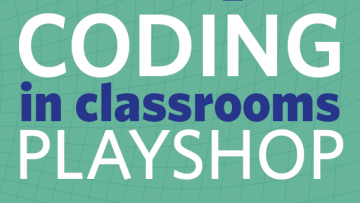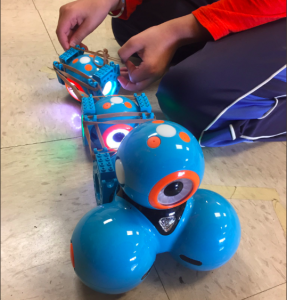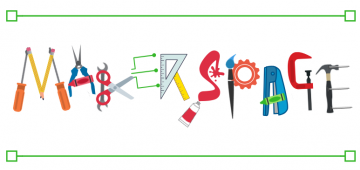Coding in Classrooms
Coding is a set of instructions given to a computer to produce different kinds of output. Learning to code involves a variety of competencies that can be introduced or developed in K-12 classrooms across the curriculum.
BBC micro:bit
A micro:bit is a micro-controller designed by BBC for the use of computer education. It’s basically a mini-computer! The micro:bit can be programmed and makes use of multiple sensors including an accelerometer, a magnetometer, Bluetooth, a 25 LED display and two mechanical push-buttons (the V2 MBit also has a microphone, speaker and touch sensor). The […]
Dash & Dot Robots
Dash and Dot are programmable robots that interact with each other and use various sensors to detect obstacles and motions. Students will get a chance to plan their code, test it, evaluate if it works and problem-solve if it doesn’t! This is the next step beyond block coding online because there is an interactive component […]
“Making Literacy” in LLED 350 and LLED 360
“Making Literacy” – a centers based approach to integrating Applied Design Skills and Technologies and Making in K-12 classrooms was presented in the Neville Scarfe Education Library in September 2018. During the month of September, every teacher candidate in the Bed program (elementary, middle and secondary) had the opportunity to participate in some ‘Makerspace’ stations […]





